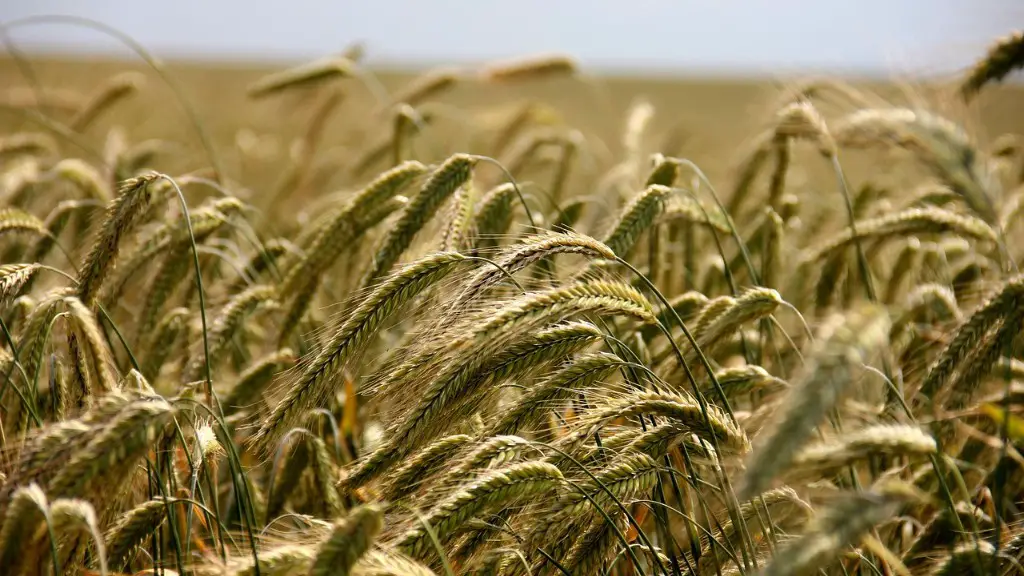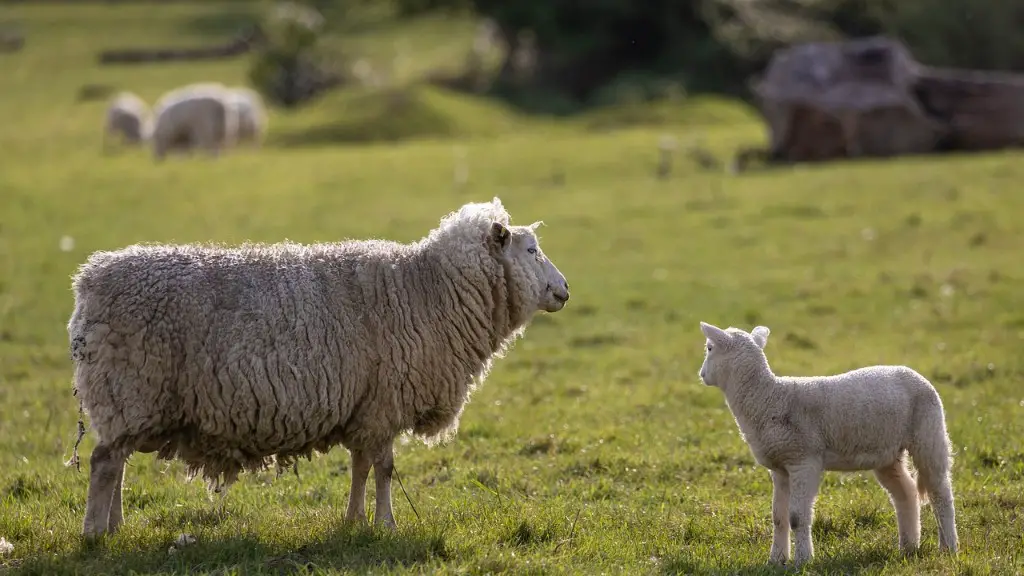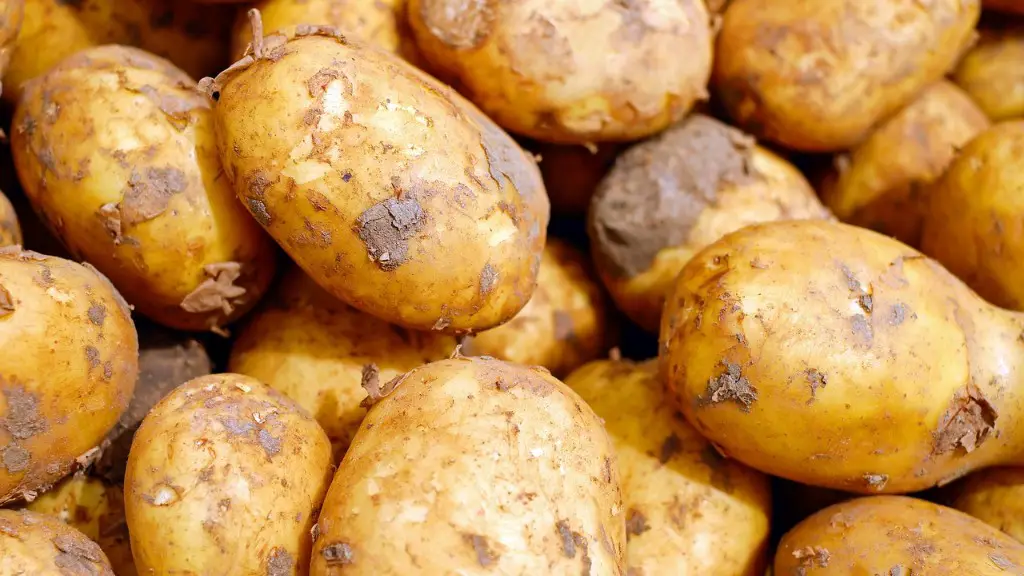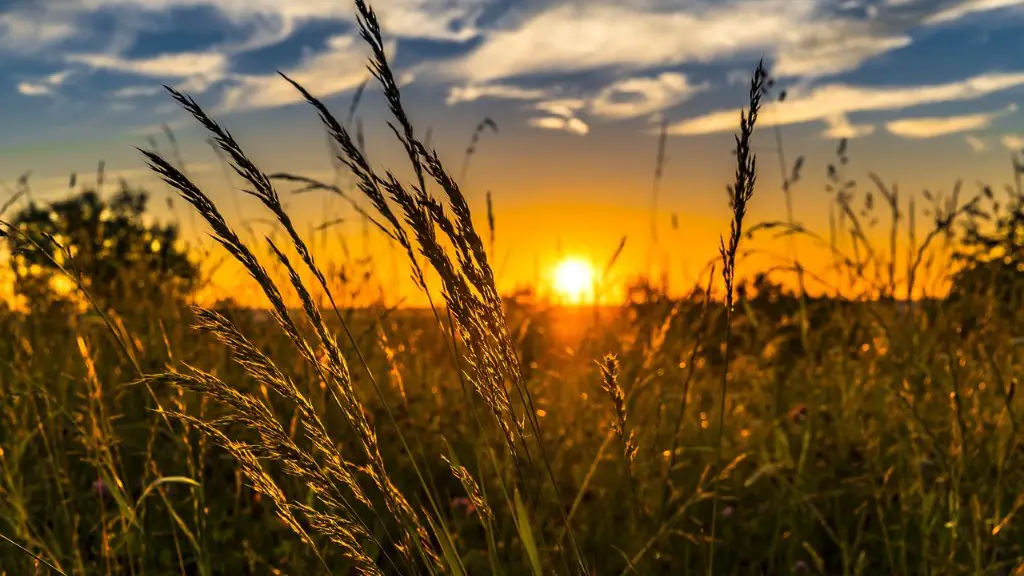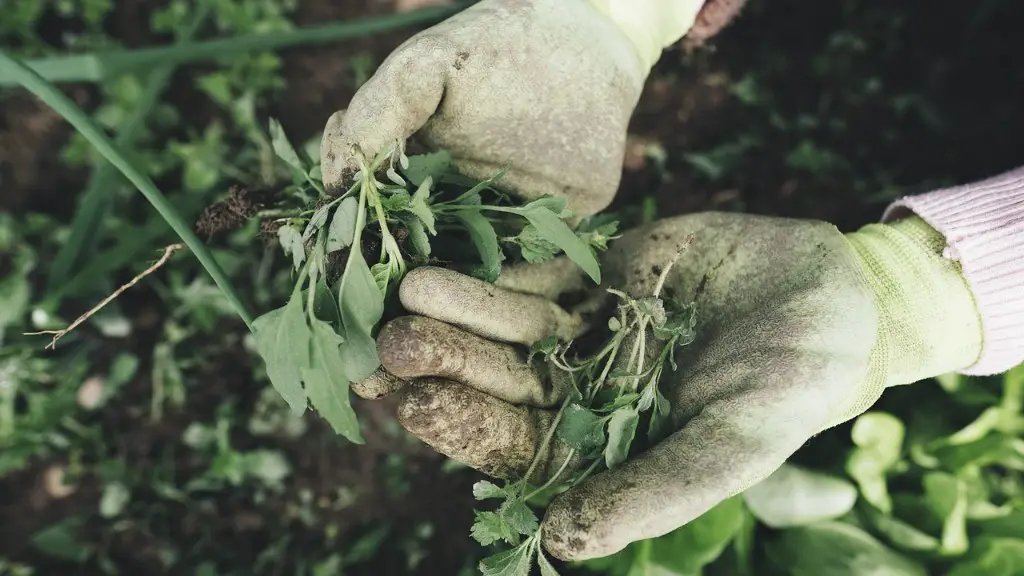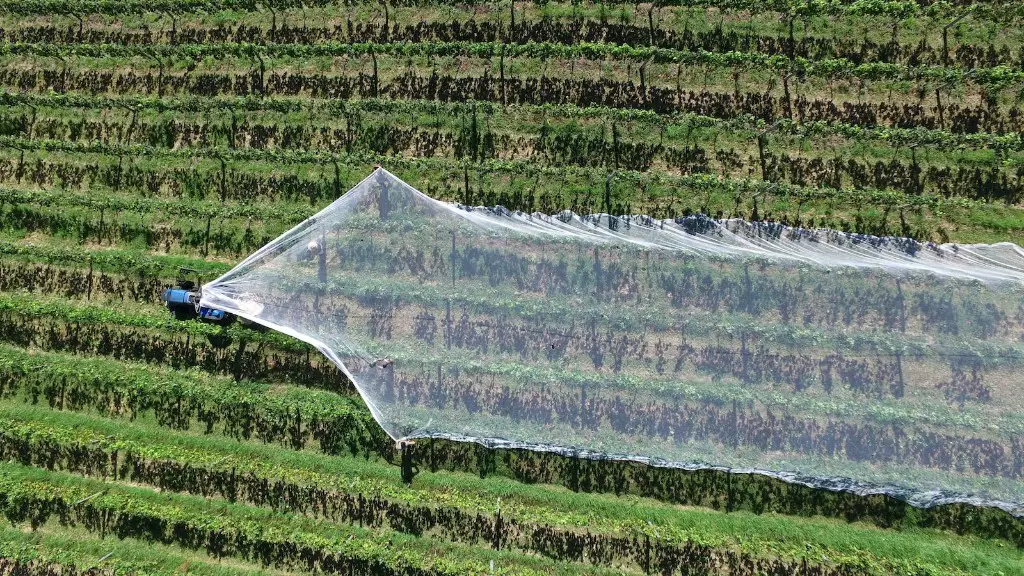Monoculture and polyculture differ in a number of ways, the most significant being the number of crops grown in each. Monoculture is the agricultural practice of growing a single crop, variety, or species, in a field or on a farm. This is in contrast to polyculture, which is the practice of growing multiple crops in the same space.
While monoculture is often more efficient in the short-term, it can lead to problems in the long-term. Monoculture depletes the soil of nutrients, which can lead to lower yields and poorer quality crops. It can also lead to higher pest and disease pressure, as there are no other crops to act as a buffer.
Polyculture, on the other hand, is often more resilient and sustainable in the long-term. By growing multiple crops, farmers can reduce the risk of crop failure and maintain higher yields. Polyculture also improves soil health, as different crops access different nutrients in the soil. And, by growing a diversity of crops, farmers can reduce the risk of pests and diseases.
There are a few similarities between monoculture and polyculture agriculture. One similarity is that they are both types of agriculture. Another similarity is that they both involve the cultivation of plants. Finally, both monoculture and polyculture agriculture can be used to produce food.
What are the similarities and differences between monoculture and polyculture agriculture?
The main difference between monoculture and polyculture is the number of crops grown. Monoculture is the cultivation of one crop, while polyculture is the cultivation of multiple crops. Monoculture is often associated with large-scale farming, while polyculture is more common in small-scale or subsistence farming. Polyculture is often considered more sustainable than monoculture, as it increases biodiversity and helps to build soil health.
A monoculture is an agricultural system in which a single crop is grown in an area. A polyculture is an agricultural system in which multiple crops are grown in the same area.
What are the benefits of polyculture vs monoculture
Large-scale monoculture farming can have a negative impact on the environment. The land is often treated with harsh chemicals, which can pollute the soil and water. The crops grown in these conditions often lack quality, as they are grown in an unnatural environment.
Polyculture farming is a much more sustainable way to grow food. The land is not treated with chemicals, and a variety of different crops are grown on the same piece of land. This results in food that is of a higher quality and is better for the environment.
Monoculture farming refers to the practice of growing a single crop in an agricultural field, while polyculture farming involves growing multiple crops in the same field. Both types of farming have different effects on ecosystem health.
Monoculture farming can have negative effects on ecosystems, as it can lead to soil depletion and decreased biodiversity. Monoculture farming can also lead to increased pest and disease pressure, as there is less genetic diversity among crops to resist pests and diseases. In contrast, polyculture farming can have positive effects on ecosystems, as it can promote biodiversity and improve soil health. Polyculture farming can also help to reduce pest and disease pressure, as there is more genetic diversity among crops to resist pests and diseases.
What are two difference between monoculture and polyculture?
Monoculture farming is a very efficient way of growing crops, as it allows farmers to specialize in one type of crop and to use all of their land for that crop. However, monoculture farming can also lead to problems, as it can make crops more susceptible to disease and pests, and it can also lead to soil depletion.
Cultivating the same species of plants on a farm can help farmers to optimize their operations. This is because the requirements for growing, planting, maintaining, and harvesting the plants will be the same across the farmed land. This will allow farmers to plan ahead and be prepared for each growing season.
What are the similarities and different kinds of farmers?
Farming is one of the most essential occupations in society. It provides food for people and animals, and is a crucial part of the ecosystem. However, there are some key differences between farmers in developed and developing countries.
In developed countries, such as the United States, most farmers own their land. This means that they have more control over their crops and can make decisions based on market demands. They also generally have access to better irrigation systems, so they are not as reliant on rain. In addition, a higher percentage of farmers in developed countries are literate, meaning they can keep up with changing technology and trends.
In contrast, most farmers in developing countries are without their own land. This makes them vulnerable to droughts and other natural disasters, as well as political unrest. They also often lack access to modern technology and information, which can lead to lower yields. Additionally, a higher percentage of family members are typically engaged in farming, as it is the primary source of income.
Despite these differences, there are also some similarities between farmers in developed and developing countries. For example, both groups of farmers are essential to their respective economies and are vital to the food supply chain. In addition, both groups face challenges such
Monoculture fish farming is the cultivation of a single species of fish in a pond, while polyculture fish farming is the cultivation of more than one species of fish in the same pond. The main difference between the two is that monoculture is more intensive and requires more careful management, while polyculture is less intensive and can be managed with fewer inputs.
What are the benefits of polyculture farming
Polyculture, or the simultaneous growth of a diversity of crops, has numerous benefits. Perhaps most importantly, it fosters food security by providing a hedge against crop failure. If one crop fails due to disease, pests, or adverse weather, the other crops in the polyculture may still thrive. Polyculture also reduces or eliminates the need for chemical pesticides and herbicides, as the different crops in the system can act as natural pest controls for one another. In addition, polyculture increases soil fertility, moisture retention, and nutrient content, and creates a self-sustainable ecosystem. Finally, polyculture encourages organic pest management, as it is often more difficult to control pests in a monoculture than in a polyculture.
The polyculture system is more profitable than the monoculture system because polyculture is a cultivation method for the maintenance of more than one type of biota. This means that at harvest time, more than one type of fish will be obtained, each with different prices. This can help to boost the overall selling price.
What are two benefits of monoculture farming?
Monocultures are an efficient way for farmers to grow crops, as they can use machinery toplant and harvest them. This method allows farmers to maximise their yield by growing a large quantity of a single crop species. There are some disadvantages to monocultures though, as they are more susceptible to pests and diseases, and can lead to environmental degradation if not managed properly.
Under the efficiency of a monoculture system, farmers can spend less time in their fields and get higher yields. Planting monoculture fields also allows farmers to buy seeds, fertilizers and pesticides in bulk and to sell their crops in bulk. This system is efficient because it saves time and money for farmers.
Why is polyculture better than monoculture in fish farming
The possibilities of increasing fish production per unit area, through polyculture, is considerable, when compared with monoculture system of fish Different species combination in polyculture system effectively contribute also to improve the pond environment Algal blooming is common in most tropical manure fed ponds. In such situation, the production of oxygen by the photosynthesizing of algae is often insufficient to support the respiratory demands of the fish and other organisms in the pond. As a result, fish often suffer from oxygen depletion and may eventually die. The maintenance of a healthy dissolved oxygen level in ponds is, therefore, a critical factor in fish production.
Monoculture crops are highly prone to blight and pests because of the lack of diversity. What many farmers will do is increase the usage of pesticides to protect the crops. In doing so, these chemicals affect the soil, water and other variables of growth. This can lead to long-term damage to the land and potentially make it unusable for growing crops in the future.
What is the difference between mono cropping and multi cropping?
Monocropping is the practice of planting a single crop in a field season after season. Monocropping is also known as sole cropping. Multiple cropping is the practice of growing two or more crops on the same piece of land in a year. The intensification of cropping is in terms of time and space dimensions.
The pros of monocropping are that it can lead to increased efficiency in planting and harvesting, as well as lower costs for farmers. A great example is the growing of only corn or beans for the entire planting season. However, the cons of monocropping are that it also increases the risk of exposure to pests and diseases.
What are the benefits and disadvantages of a monoculture
Though monoculture farming has several advantages, there are also a few downsides to this type of agricultural production. One of the primary negatives is that it can decrease soil quality over time. With only one type of crop being planted in the same area season after season, the nutrients in the soil can become depleted, leaving the land less fertile. Additionally, monoculture farming can also increase the risk of pests and diseases. With only one type of crop grown, if pests or diseases attack, there can be significant losses. Another downside is that monoculture farming can exterminate bee colonies and other pollinators. This is because monoculture farms typically use large amounts of pesticides, which can kill off bee populations.
A monoculture is a farming system in which a single crop is grown in a field, while a polyculture is a system in which multiple crops are grown in a field. Monocultures are more efficient in terms of land use and labor, and they can result in higher yields and lower costs. However, monocultures are also more vulnerable to pests and diseases, and they can lead to environmental degradation.
Warp Up
There are a few similarities between monoculture and polyculture agriculture. One similarity is that they are both types of farming. Another similarity is that they both involve the cultivation of plants. Finally, both monoculture and polyculture agriculture can be done using organic or conventional methods.
Monoculture and polyculture agriculture are both systems of farming that involve the cultivation of crops. Both systems can be used to produce a variety of food items, and both can be used to support a local economy. However, there are some key differences between the two systems. Monoculture agriculture relies on a single crop, while polyculture involves the cultivation of multiple crops. Monoculture is more efficient in terms of land usage, but it is also more susceptible to pests and diseases. Polyculture is less efficient in terms of land usage, but it is more resilient to pests and diseases.
